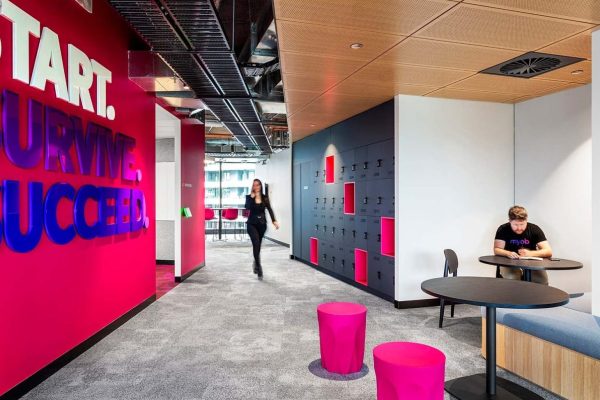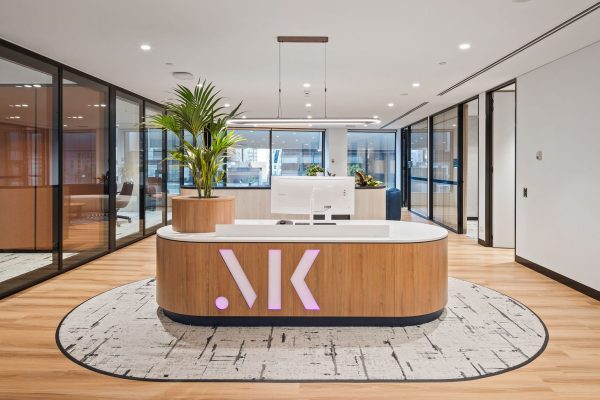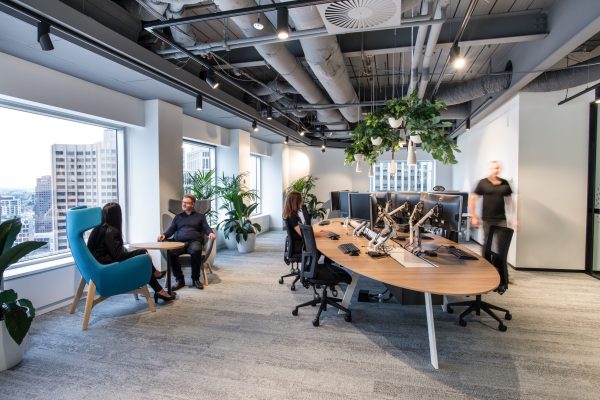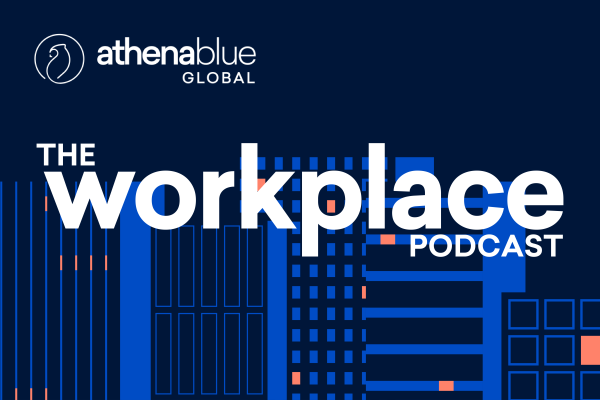‘Wellbeing’ is discussed at all levels of organisational leadership. Though it is a simple word that rolls off the tongue, wellbeing describes a rich human experience. The concepts of physical and mental health, comfort, work–life balance, satisfaction and happiness are still just scratching the surface.
Here are a few questions to explore more tangible aspects of wellbeing in a person’s work life:

Unfortunately, a large proportion of employees worldwide are suffering from wellbeing issues. Alarming statistics on stress levels, lack of engagement, and mental health challenges give a clear indication of the extent of the problem. And there are also broader implications; productivity and overall performance, workplace culture and organisational success are all at stake.
Isolated efforts to improve employees’ wellbeing will likely achieve limited success. To make significant headway, an issue with such complexity needs to be addressed from multiple angles. Organisations need to help employees directly, wherever they can, while also assisting them to help themselves. At the same time, organisations need to offer employees opportunities and support, while also providing direction and structure, where needed.

Let’s unpack these four approaches in more detail.
01 – Environmental support and inspiration
A healthy, comfortable and welcoming office environment can significantly elevate employees’ wellbeing. Thankfully, workplaces have become increasingly human-centric over the past decades and are still evolving. Achieving high indoor environment quality – for instance, supporting thermal, visual and acoustic comfort, supplying clean, fresh air, and providing ergonomic settings – is now considered bare minimum.
Well-designed workplaces also encompass a variety of attractive and functional spaces, tailored to support individual needs and work styles, boost motivation, and help people feel they belong. They make it easy for employees to relax, exercise, or socialise with colleagues and have fun.
Wellbeing initiatives can also make a positive difference. Leaders, employee groups, or external providers may offer programs to inspire healthy behaviours and positive experiences, for example, in the areas of mental health, work–life balance, physical fitness, nutrition, social connection, lifestyle choices, or job satisfaction. However, these programs always need to be tailored to people’s specific goals and needs, and aligned with the organisation’s culture and values.
02 – Boundaries and routines
Humans tend to gravitate to comfort, ease and quick rewards. We’re wired this way through evolution. When we engage in deep thought, the brain burns a lot of energy, and our natural inclination is to find immediate relief.
This is why self-defeating and unhealthy habits are so prevalent in workplaces. A lot of people frequently procrastinate to delay hard work, even though the act of procrastination is filled with guilt. Many employees routinely spend their break times scrolling on their phones instead of engaging in restorative activities.
Those who overwork and burn themselves out may also be victims of a habit rooted in self-preservation: seizing every opportunity to make progress, in an attempt to quiet their anxious thoughts that they are too far behind.
Even when a person’s future success is in jeopardy – such as meeting a deadline – it’s difficult to say no to temptations that promise relief in the present moment. Self-discipline has its limits, and temptations are all around, including the internet, our phones, guilty snacks … or the opportunity to continue working when it would make more sense to switch off.
Adding structure and boundaries in the right places can be a powerful way to foster healthy routines. These might include: deviceless or internet-free rooms in the office, rules ensuring people don’t eat lunch at their desks, or protocols promoting firmer work–life boundaries.
03 – Flexibility and agency
People make countless choices each day that can influence their experience and satisfaction. Most employees have some freedom to decide in which order to tackle their tasks. They may choose how they communicate, schedule meetings, and pick the meeting space. They may select the devices, tools and platforms they use. And it’s usually up to them how they recharge during their break time.
A growing number of organisations also offer greater levels of freedom to their people. In flexible (activity-based) workplaces, for example, people can choose where they sit – either within a neighbourhood or in the entire office. In hybrid workplaces, employees typically have a say about when they go to the office, and perhaps can also decide on the frequency. And in many organisations, employees also enjoy highly flexible work hours or workdays.
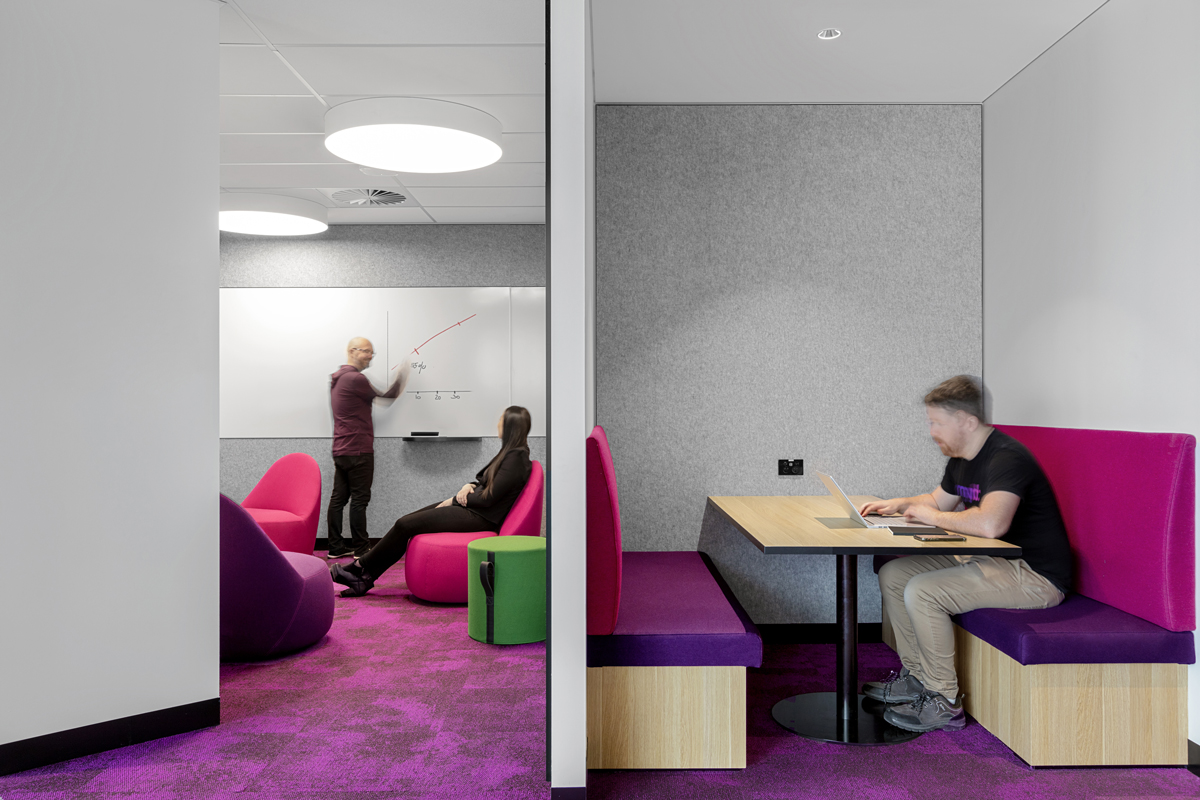
To achieve the best outcomes, flexibility should be offered in the right areas, suited to employees’ needs, responsibilities and experiences. Policies and expectations also need to align with the opportunities presented by the physical environment, ensuring people can utilise the space to its full potential.
Granting flexibility and choice to employees in a strategic fashion has a broad impact that goes well beyond improved work–life balance. Agency and autonomy are among the most powerful motivators and can transform people’s relationships with their work. Employees with a sense of control tend to be more effective, engaged, and committed to succeed.
04 – Education and guidance
When people know their own needs, strengths and limitations, and make educated choices about the ways they work, their work lives become more enjoyable and rewarding. They find it easier to find their flow, and to stay focused and energised. They also tend to look after their bodies and minds better – making good use of the freedom they are offered.
Self-aware employees have their own methods to get into a creative state of mind and find solutions to problems. They communicate more effectively and build stronger relationships. Ultimately, they experience a greater sense of progress and contribution – and few things are as uplifting as the sensation of making a meaningful difference in this world through focused effort and talent.
A large body of evidence-based knowledge is available to help employees make informed choices about the ways they approach work and look after themselves. Still, it’s important to recognise that individual needs and work styles can significantly vary. Therefore, combining educational and coaching programs with workplace experiments and team-based discussions is an effective way to guide employees in their self-development journeys.
Every minute of a day, employees experience a cocktail of thoughts, sensations and emotions. Wellbeing cannot be confined to specific times and activities (such as yoga classes) or specific spaces (like ‘wellbeing rooms’).
Organisations have many untapped opportunities to help employees achieve optimal physical, mental and emotional states. Wellbeing is a manifestation of balance, wholeness and harmony, and it can only be achieved through a balanced, wholistic and harmonious approach.
Leaders don’t need to know every detail of their employees’ needs, expectations, personal circumstances and challenges. But to be able to assist them, they need to find out where people need environmental support, boundaries, flexibility and guidance. The signs of improved wellbeing can be subtle. Positive and healthy individuals rarely act euphoric; they simply experience fewer negative thoughts and emotions, and therefore feel more calm, present and grounded. However, when people feel significantly better, all aspects of their work lives improve, and they start to engage with others and tackle challenges very differently


